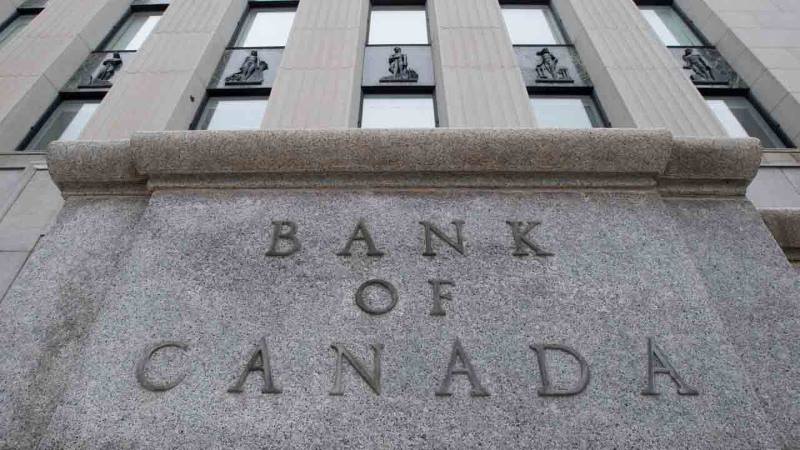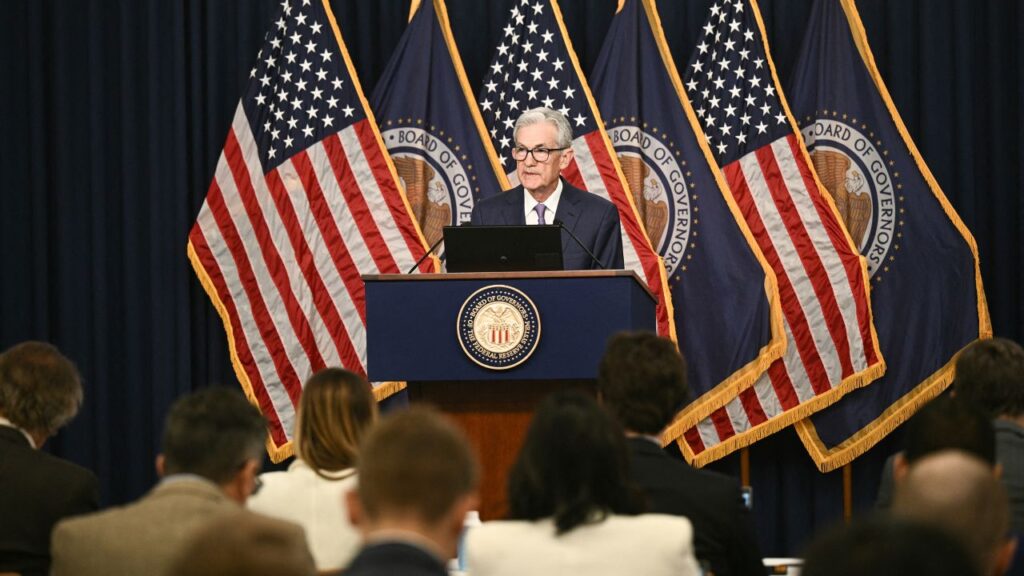Economy
Federal Reserve Officials Hint at Potential Interest Rate Cuts
Several Federal Reserve officials hinted on Monday at the possibility of significant interest-rate cuts. They emphasized the ongoing burden of current rates. This burden has been felt across the U.S. economy, impacting various sectors. The discussion follows recent economic challenges faced by the country. Officials are weighing the need for adjustments to support growth moving forward.
Fed President’s Remarks on Interest Rates
Chicago Fed President Austan Goolsbee noted during a Q&A event that interest rates have a considerable distance to fall this year to achieve a “neutral” level. This level remains crucial for maintaining current economic conditions. However, Goolsbee and his colleagues clarified that they are not yet prepared to replicate the recent half-point rate cut made on September 18. Future economic data will significantly influence their decisions moving forward. The Federal Open Market Committee will meet again on November 6-7, following the presidential election.
Federal Reserve officials should consider rate cuts to achieve a neutral level for economic stability, according to wsj subscription deals.
Current Benchmark Rates and Neutral Levels
Goolsbee estimated that the existing benchmark interest rate is “hundreds” of basis points above the neutral level currently. The neutral level is defined as a point where monetary policy neither stimulates nor restricts economic growth effectively. While the neutral rate cannot be directly measured, it is an essential metric for policymakers. It is typically estimated through various economic indicators that reflect current conditions. These indicators include inflation, employment rates, and overall economic performance. Understanding the neutral rate helps guide future monetary policy decisions effectively.
Calls for Lower Borrowing Costs
In his push for reduced borrowing costs, Goolsbee expressed stronger support for rate cuts than some of his peers. He noted that both inflation and employment levels are currently favorable for the economy’s stability. However, he cautioned that these conditions might not be sustainable in the long term. Goolsbee emphasized the need for “substantial” rate reductions in the near future. He stated, “If you’re too restrictive for too long, the dual mandate’s sweet spot won’t last.” His remarks reflect concerns about maintaining a balanced economic environment.
Support for Recent Rate Cuts
Goolsbee, along with Atlanta Fed President Raphael Bostic, supported last week’s half-point rate cut announced by the Federal Reserve. The cut adjusted rates to a range of 4.75%-5%. Minneapolis Fed President Neel Kashkari also endorsed this decision, highlighting its significance. The Federal Reserve’s projections suggest that the long-run neutral rate could be around 2.9%. However, there remains considerable debate regarding future interest rates among officials. These discussions reflect ongoing uncertainties in the economic landscape and monetary policy.

Bank of Canada Reductions Linked to U.S. Employment Weakness
Markets are bracing for significant shifts in monetary policy as analysts predict that the Bank of Canada (BoC) will implement…
Caution from Atlanta Fed President
Bostic, while more cautious than Goolsbee, acknowledged that the Fed has room to lower rates before reaching neutral levels. In a virtual address, he noted the importance of data in determining rate adjustments. He remarked, “We are still significantly above neutral.” Bostic stressed that any major changes would depend on upcoming economic data. Specifically, he highlighted the importance of inflation and employment statistics. Cuts exceeding half a point would require careful consideration of this data.
Ongoing Debate on Neutral Rate
Federal Reserve officials are deliberating the position of the neutral rate amid current economic conditions. Some officials, including Kashkari, emphasize the economy’s resilience. They note this resilience exists despite elevated policy rates affecting growth. In a recent essay, Kashkari suggested a temporary rise in the neutral rate could become more structural. While he advocates for gradual rate cuts, he remains cautious about current policy. Kashkari reiterated that the existing policy remains tight, requiring careful consideration.
Diverging Views on Inflation and Rate Decisions
Governor Christopher Waller endorsed the half-point cut, attributing it to unexpectedly favorable inflation data released recently. He indicated flexibility in the Federal Reserve’s approach to interest rates. Waller stated that worsening labor data might necessitate faster cuts in the future. Conversely, persistent low inflation could also lead to quicker adjustments in rates. A spike in inflation might prompt the Fed to pause any adjustments altogether. In contrast, Governor Michelle Bowman expressed dissent, citing concerns about inflation remaining above target levels.
Urgency for Timely Interventions
Goolsbee emphasized the need for timely interventions to address potential economic issues. He warned that deteriorations in the labor market occur rapidly. This situation can lead to significant job losses and reduced consumer spending. Goolsbee cautioned, “We can’t wait for issues to surface.” He highlighted the recent rise in unemployment from 3.4% to 4.2%, considering it concerning.
Get a 2-year subscription to WSJ and Barron’s News! Access unlimited content on iOS, Android, PC, or Mac, including insights from Peggy Noonan, stock picks, live TV, and audible articles. Subscribe now!

